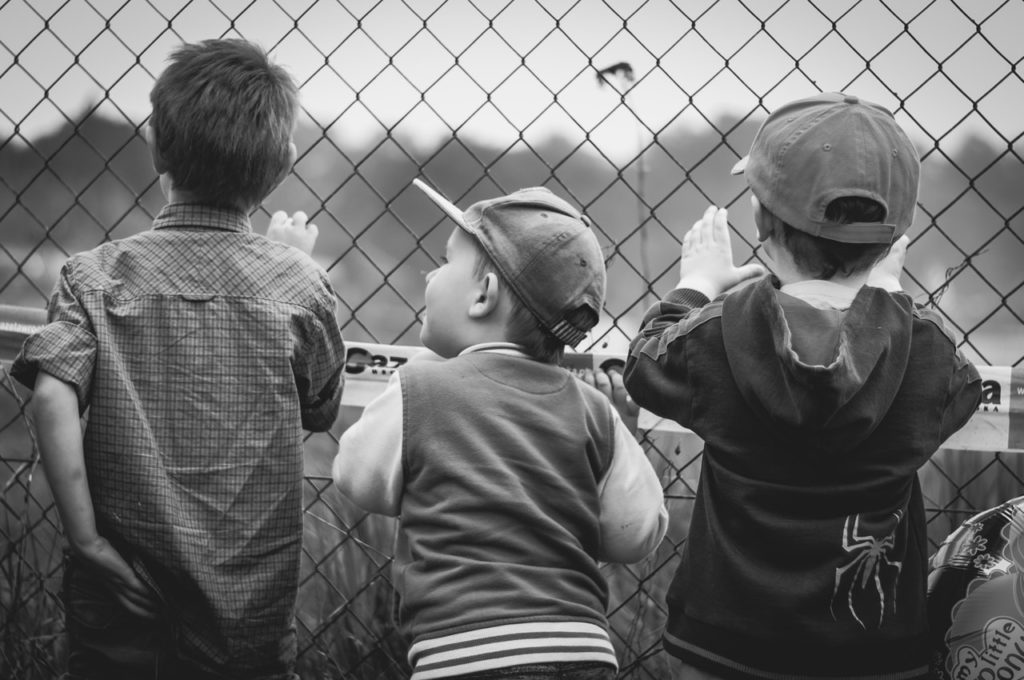Our kids are so fortunate to be growing up in a society that is increasingly embracing diversity. It should be every parent’s dream for their child to grow and flourish in a world free from discrimination and prejudice.
To help facilitate this, parents play a key role in teaching children about diversity and valuing difference. Here are some ways to do that:
1. Lead by example
As parents we need to check our own biases and prejudices. Kids will learn more from what we do than what we tell them to do. By treating everyone with respect and not tolerating racism or discrimination, parents will be strong role models for their children.
2. Focus on strengths
Teaching kids that difference isn’t a negative thing is very important. Everyone has personal strengths and can make a valuable contribution, given the opportunity.
3. Embrace your child’s natural curiosity
While children can sometimes make their parents uncomfortable by asking questions about people who are culturally or physically different from them, this is how they learn. Answer their questions as openly and honestly as possible. If you don’t know the answer, investigate together. You may learn something new as well.

4. Explore and appreciate difference together
It can be hard for kids to understand that the world is bigger than their neighbourhood or city. Show them a map or globe to help them see the bigger picture. You can also:
- Go to cultural festivals, art shows or music performances
- Watch movies together and discuss the different cultures represented. Moana, Big Hero 6 and Mulan are great examples.
- Eat different cuisines, either at restaurants or try making your own at home. For example, Teppanyaki is a great family experience!
- Read books that explore difference. There are also some great children’s books about cultural diversity, as well as books about people with disabilities and other differences.
- If your family celebrates certain holidays, such as Christmas why not learn about what other cultures do at similar times of the year?
5. Teach kids that while we are all different, we have still have things in common
It’s important that children understand that while people may look different, sound different or even have different beliefs, there are lots of things we have in common as humans. Most importantly, we all have feelings and deserve to be treated with respect.
Teaching children to embracing difference is an important part of shaping attitudinal change in society. By teaching appreciation for diversity, we are also shaping young minds that look at the world through a wider, brighter lens.
Resources
Cultural Diversity – Kids Matter

